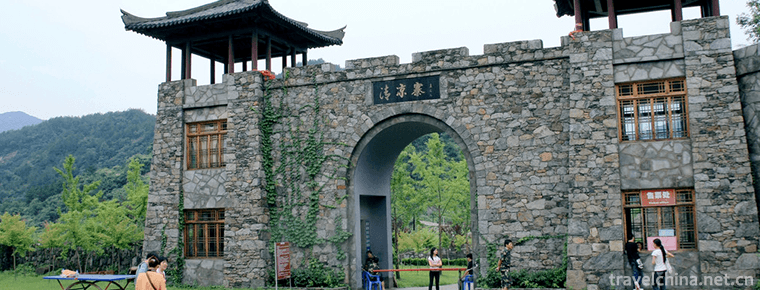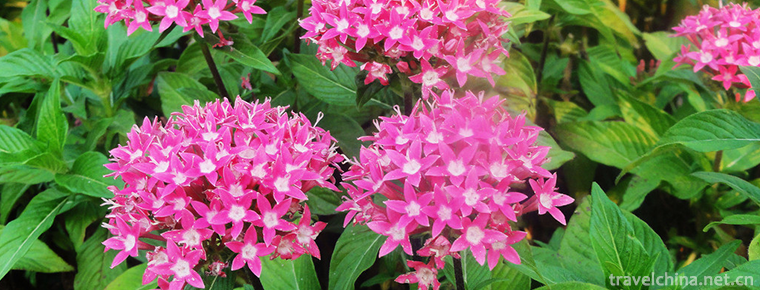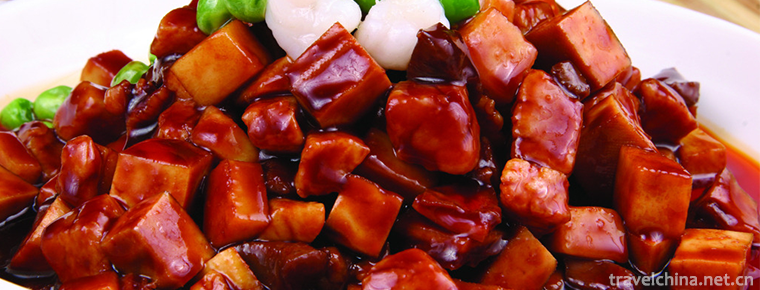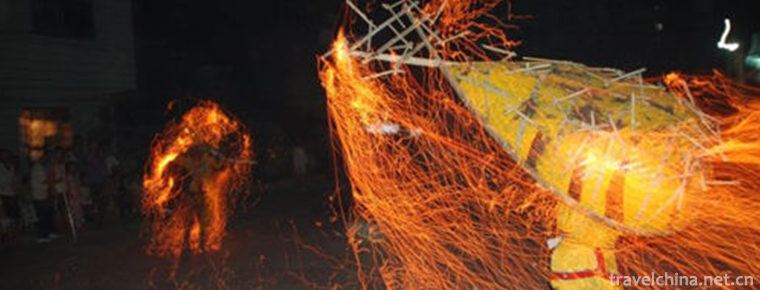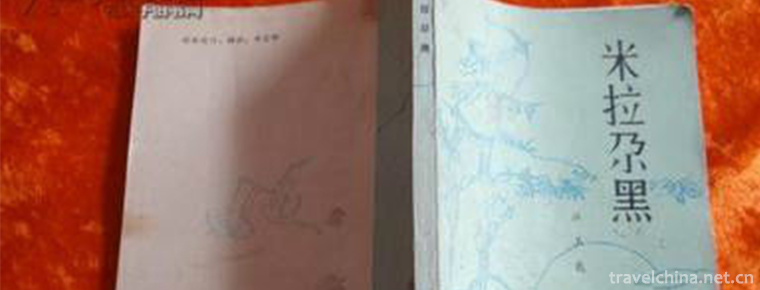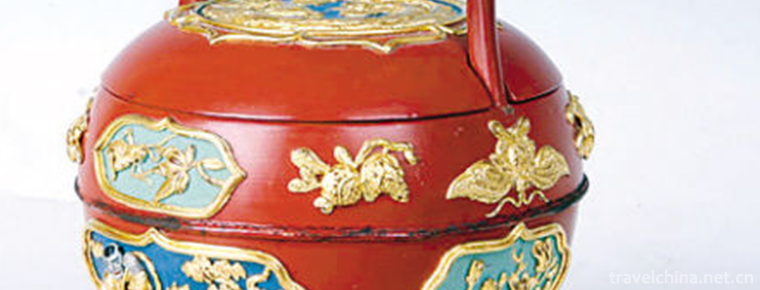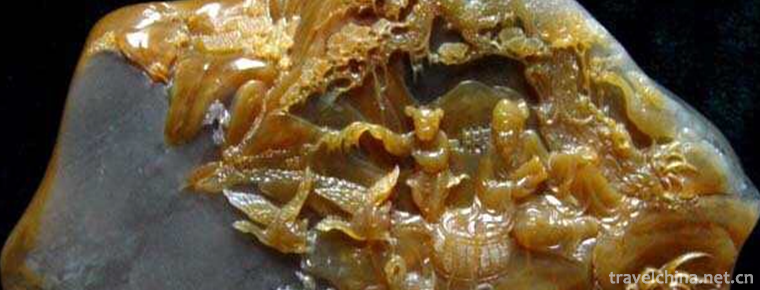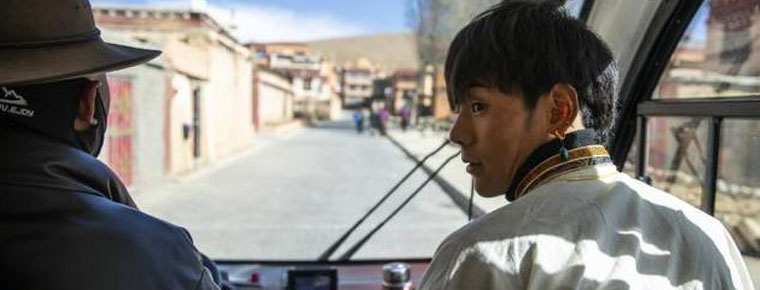Go BelieveGoubuli baozi
Goubuli steamed bun is a snack made of flour, pork and other materials. It was founded in 1858 (Xianfeng period of the Qing Dynasty). It is the first of the "three wonders of Tianjin" and one of the old Chinese brands. The dough and stuffing of Goubuli steamed buns are carefully selected, the production process is strict, and the appearance is beautiful. Especially, the folds of steamed buns are symmetrical. Each steamed bun has no less than 15 folds .
The newly stuffed steamed stuffed bun is fresh but not greasy, and has a delicate fragrance. Goubuli steamed buns are mainly made of fresh meat, including three kinds of steamed buns, seafood steamed buns, sauced meat steamed buns, vegetable steamed buns and 98 varieties. In November 2011, the State Council announced the third batch of national intangible cultural heritage list, "Goubuli steamed bun traditional handicraft" project was included.
In 1831, Gao Guiyou, the founder of "Goubuli Baozi", was born in Xiazhuzhuang, Wuqing County, Zhili (now Wuqing District, Tianjin). Because of his father's forty-year-old son, he adopted his nickname "Dog Son" for the sake of safety, expecting him to feed as well as a puppy.
When Gao Guiyou was 14 years old, he went to the Liu family on the edge of the south canal of Tianjin and steamed food shop as a small boy. Because of the ingenuity and diligence of mind, coupled with the guidance of teachers, noble friends make steamed buns continuously improve their skills and practice a good job. After three years of being a teacher, Gao Gai opened a snack shop specializing in baozi alone -- "de Ju Hao". Because noble friends have good craftsmanship, do things very seriously, never adulterate, the steamed buns are soft in taste, delicious and not greasy, like chrysanthemum, color, fragrance and shape are unique, business is very prosperous. More and more people came to eat his steamed buns, and noble friends were too busy to talk to customers. In this way, people who ate steamed buns jokingly called him "dog sells steamed buns, ignoring people". Over time, people shouted smoothly and called him "Goubuli". They called his steamed buns "Goubuli Steamed buns". However, the name of the original shop was gradually forgotten.
When Gao Guiyou started the "Deju" snack shop, he mixed fresh pork with proper amount of water, rib soup or belly soup, millet oil, special soy sauce, ginger powder, onion powder and seasoning to make stuffed buns. The steamed bun skin is made of half-haired surface. After rubbing and dispensing, it is rolled into a round skin with a diameter of about 8.5 centimeters and uniform thickness. Wrap in stuffing, knead carefully with your fingers, and twist the folds hard. The folds are dense and uniform, such as chrysanthemum, and finally steamed in a stove with hard gas.
In 1916 (five years of the Republic of China), Gao Jinming, the son of Gao Jinming, who died of noble friend's illness, inherited the industry and set up a semicolon on Dongjie Street in Nanshi next year. In 1932 (twenty-one years of the Republic of China), the Hou family was moved to the north gate pass. In 1937 (26 years of the Republic of China), the old number and semicolon were merged and relocated to the back door of Tianxiang Mall (Liaoning Road today) to establish a new name "Deju Number". In 1947 (thirty-six years of the Republic of China), Gao Huanwen, the son of Gao Jin Ming, inherited the industry and went out of business until 1952. After the founding of the People's Republic of China, in 1956, Tianjin nationalized Goubuli steamed buns and relocated the shops to Shandong Road, Heping District, and then set up branches in Nanshi Food Street. In 2001, "Goubuli" head office was expanded.
With the development of "Goubuli", the varieties managed are also innovating on the basis of inheriting the tradition, gradually forming six categories and 98 varieties of steamed buns. Technicians elaborately developed chicken, duck, fish, meat, seafood and seasonal vegetables, wild vegetables, fungi as raw materials, using steaming, boiling, roasting, braising and other cooking techniques to make "golden needle bag", "dragon and Phoenix bag", "mandarin duck bag", "celery bag", "assorted brocade bag" and "shrimp and leek bag"
Making method
1. pork lean by 3:7. First remove the cartilage and bone dregs and stir them up with big eyed grates. Stir the meat with ginger water and then add soy sauce. Stir in MSG, sesame oil and scallion.
The ratio between the 2. sides and the water is 2:1. When kneading evenly, avoid alkaloids.
3. Roll the mixture evenly and roundly, push it flat with both hands according to the rolling stick, push it to the end and pull it to the end. Roll it evenly and form a round skin of 8.5 cm in diameter and thickness.
4. left hand skin, right hand into stuffing, pinch 15-16. When picking up the bag, the thumb moves forward, the thumb and forefinger twist the fold at the same time. When closing, the fold should be properly pressed, not opened, not crowned, and there is no knot on the mouth of the steamed bun.
5. steamed buns steamed on the steamed bread. Generally, it takes 4-5 minutes to use the hard gas of the boiler, 5 minutes to steam the stove with bituminous coal, 6 minutes to boil the steam when using the domestic coal ball fire, and 6 minutes to boil the drawer, such as steaming over-heated, full, flowing oil, not good-looking and not tasty, and sticky and not edible if not under-fired.
Goubuli steamed stuffed bun uses the technology of "half hair and water filling". The skin is thin and tough; the filling is chopped fine and evenly with meat, ginger, soy sauce, sesame oil, monosodium glutamate, sparerib soup, etc. The steamed stuffed buns need not go out of shape, do not drop the bottom, do not leak oil, and each shows chrysanthemum shape.
The characteristics of Goubuli steamed bun are: fine material selection, thin filling, mellow taste, fresh and tender palatable, fat but not greasy.
It is said that when Yuan Shikai was appointed Governor of Zhili during the training of the New Army in Tianjin, he presented "Goubuli" steamed buns as a tribute to Empress Dowager Cixi in Beijing. Empress Dowager Cixi, after tasting Dayue, said, "Goose in the clouds, cattle and sheep in the mountains, seafood is not as good as dog's ignorance of fragrance, and longevity of food."
In 1973, Chairman Mao Zedong once talked with everyone about Tianjin's delicacies, especially about Tianjin's "Goubuli" steamed buns. Living administrator Wu Lianden also made a special trip to Tianjin to buy back "Goubuli" for the chairman, who was very happy after eating






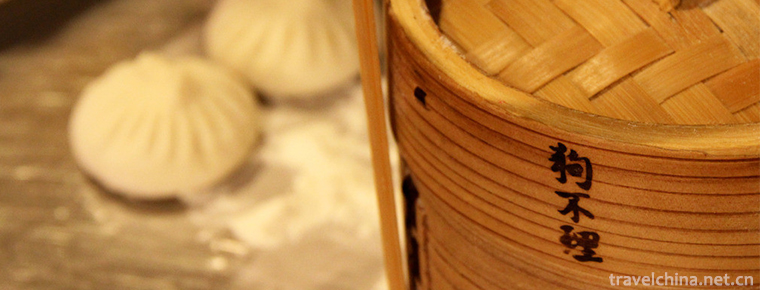
-
Huangpi Mulan Cultural Ecotourism Area
Wuhan Huangpi Mulan Cultural Eco-tourism Area is located in Huangpi District, Wuhan City, Hubei Province, including Mulan Mountain, Mulan Tianchi, Mulan Grassland.
Views: 218 Time 2018-12-12 -
Sunan Wenshu Temple Scenic Spot
The Sunan Wenshu Temple scenic spot is located at the foot of the Suzhu Chain, the main peak of Qilian Mountain in Sunan County, Gansu Province. It is a national key cultural relic protection unit and.
Views: 169 Time 2019-02-13 -
Xishuangbanna Tropical Flower Garden
Xishuangbanna Tropical Flower Garden is located in Yunnan Institute of Tropical Crop Sciences, Jinghong City, Xishuangbanna Prefecture, Yunnan Province. It covers an area of 80 hectares and is one of .
Views: 148 Time 2019-02-25 -
Little Three Gorges
Wushan Xiaoxiao Three Gorges is the general name of Changtan Gorge, Qinwang Gorge and Sanzhuang Gorge on Madu River, a tributary of Dicuixia of Daning River. Wushan Xiaoxiao Three Gorges is known as t.
Views: 190 Time 2019-02-25 -
Eight Delicacies in Hot Sauce
Babao chili sauce is a famous traditional dish in Shanghai, with bright color and spicy fragrance. It is improved from fried chili sauce. "Babao chili sauce" tastes hot, fresh and slightly s.
Views: 201 Time 2019-03-25 -
Fire tiger
Fire tiger is a traditional folk dance form spread in Fengtai, Anhui Province. One of its greatest characteristics is the word "fire". Performers often wear tight, thick clothes and tie tige.
Views: 150 Time 2019-05-05 -
Mira Gahei Mile La Ga Hei
Mira Gahei, Dongxiang folk tale. Also known as "Moonlight Mirror". Among the Dongxiang people, there are also poem-style stories of "Mira'er Hei", which are intermingled in rhyme a.
Views: 104 Time 2019-06-04 -
Nanping Nanci
Nanping Southern Ci is a traditional form of music popular in Nanping, northern Fujian Province. It is generally believed that the Southern Ci in Jiangnan area developed gradually with the local tradi.
Views: 294 Time 2019-06-07 -
Ningbo Mud Golden Paint
Ningbo mud gold paint is a local traditional lacquerware process in Zhejiang Province. Chinese raw lacquer is the main raw material. Raw lacquer, also known as big lacquer and real lacquer,.
Views: 122 Time 2019-06-07 -
Shoushan stone carving
Shoushan Stone Carving is a traditional folk carving art. It is made of Shoushan Stone, which is produced in the northern mountain area of Fuzhou. It is a small carving for people to enjoy through spe.
Views: 112 Time 2019-06-15 -
Ding Zhen first salary to buy washing machine and battery car
Ding Zhen's first salary to buy a washing machine battery car, do not want her mother's hands frozen.
Views: 108 Time 2020-12-06

